Roof Types
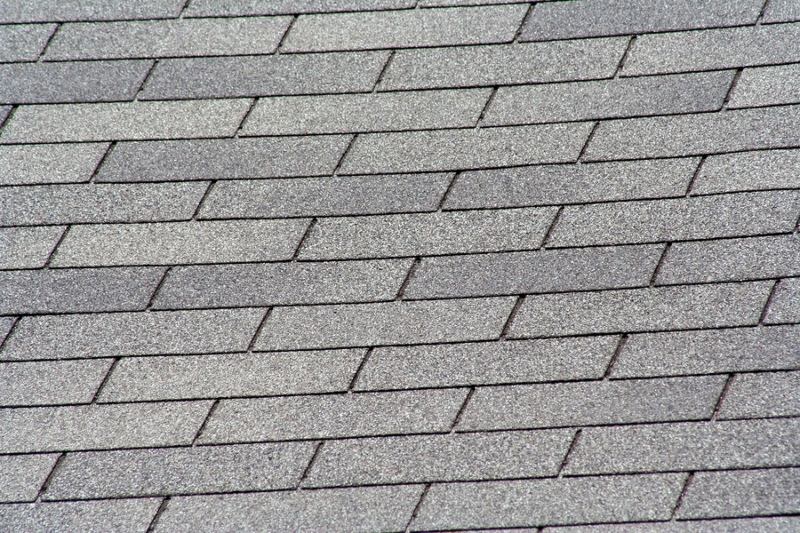
Asphalt 3-tab shingles
Asphalt 3-tab shingles have been the most popular roofing material for decades. An asphalt/fibreglass base shingle is covered with protective granules to add extra durability and colour. These shingles are popular with homeowners because they are affordable and easy to install.
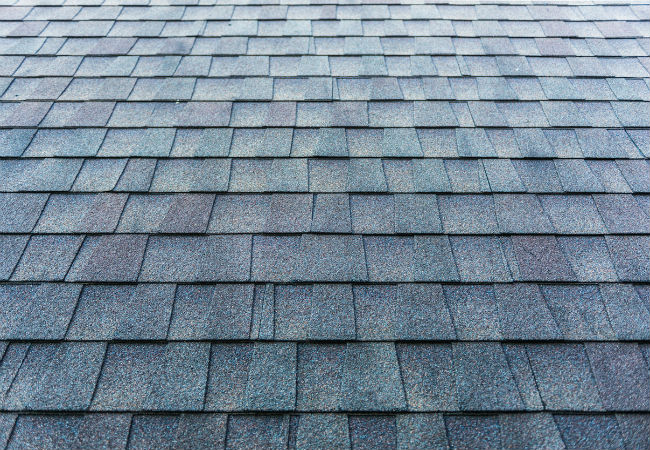
Architectural shingles
Architectural shingles are very similar to asphalt shingles because they are made from the same materials, but an extra tab or layer is added during manufacturing to increase durability and aesthetic appeal.
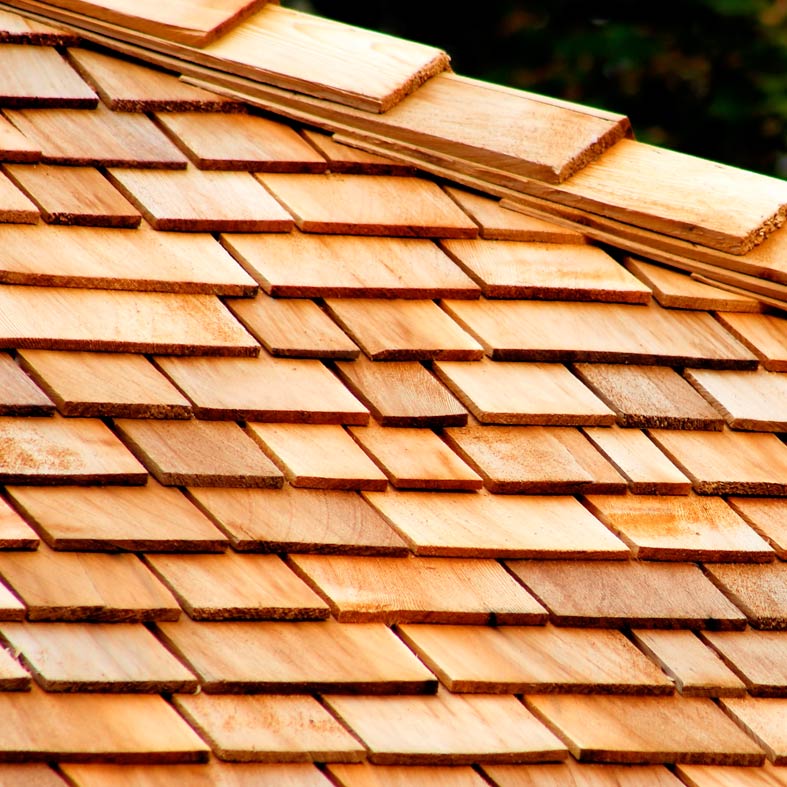
Wooden shingles or shakes
Wooden shingles or shakes have been used for centuries and are continue to be popular. This roofing material is made using cedar, hardwoods, or composite wood materials.
A Local company specializing in cedar shingles as well as Euroshield Rubber roofing is South Georgian Bay Roofing:
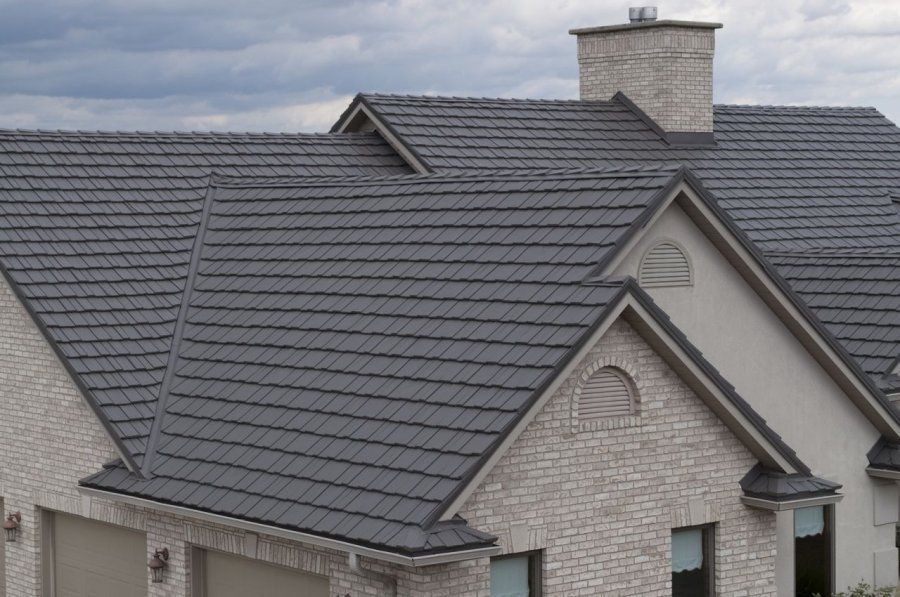
Metal roofing
Metal roofing panels are manufactured using steel, aluminum, or copper. For steel panels, a metallic coating and painted finish are added to prevent rust and improve their appearance. Aluminum panels do not require a metallic coating because they are naturally resistant to rust and corrosion.
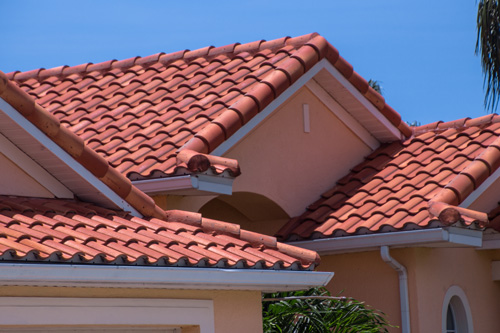
Slate, concrete, and clay roofing tiles
- Slate roof tiles are one of the oldest roofing materials and are durable, fireproof, and waterproof. Slate tiles are made from metamorphic rocks derived from volcanic ash and clay.
- Clay tiles are made by baking moulded clay and usually come in shades of white, yellow, orange and brown.
- Concrete tiles are made of a mixture of sand, cement, and water and can simulate the appearance of traditional clay tiles, wood shakes, slate, or stone. Concrete tiles come in a flat profile, a low profile with small curves, and a high profile with large curves.
Pros & Cons
Asphalt Shingle Roofs
Pros: Asphalt 3-tab shingles are the most affordable roofing materials and are readily available at most home improvement stores. The average cost of asphalt shingle roofing is $1.50 to $5.50 per square foot. Architectural asphalt shingles are much more expensive at $22 to $28 per square foot.
Asphalt shingles can be applied directly over old shingles if the roof deck is in good condition. They are considered Class A fire-resistant and can withstand a fire burning for up to two hours. If you live in a fire-prone area, discuss roofing options with your contractor because other roofing types may be a better choice.
Cons: Asphalt shingles can last 15 to 30 years, but other roofing materials can last up 50 or 100 years. They are vulnerable to strong winds, heat, and storm damage. Although asphalt shingles are recyclable (and often reused to make pavement), they are not considered very environmentally friendly because manufacturing them emits a lot of greenhouse gases.
Wood Roofs
Pros: Wood roofs can last up to 25 years, depending on your local climate, the type of wood used, and the thickness of the cut. Wooden shingles are aesthetically appealing because they offer a natural look. Cedar and wood shingles weigh less than clay or slate but still offer strength and moisture protection. Wooden shingles are considered environmentally friendly and are made from natural, biodegradable materials.
Cons: Wood shingles range between $4.50 and $9 per square foot. Wooden shingles require periodic fire retardation and may be banned in your municipality because of fire concerns. Consult your contractor about this issue if you live in a fire-prone area.
Wooden shingles and shakes also need regular treatments with preservatives and fungicides to keep them from drying out, warping, cracking, or attracting mildew.
Metal Roofing
Pros: Metal materials are available in many styles and more than 100 colours, and they can last from 40 to 80 years. They are fire-resistant (which may lower your insurance rates) and will increase the resale value of your home. Aluminum panels are naturally resistant to rust and corrosion.
Cons: Metal roofs can range from $7 to $9 per square foot, and the installation can cost between $21,000 to $50,000. You will need a highly qualified, licensed and experienced contractor who specializes in metal roofing.
Tile Roofing
Pros: Tile roofing is extremely fire-resistant, non-combustible, and resistant to rotting and insects. It has an extremely long lifespan of up to 100 years or more and can significantly reduce your monthly energy costs.
Slate tiles are durable, fireproof, and waterproof, and some people refer to them as the Rolls Royce of roofing options.
Clay tiles are resistant to strong winds, fireproof, protect the underlayment of your roof, and create an air pocket that insulates your home. Clay tiles will not peel or fade and are available in a wide variety of profiles, styles, finishes and colours. Because clay tiles are made from a natural earth-derived material, they are considered to be environmentally friendly and can be easily recycled.
Concrete tiles have water locks (interlocking ribs) on the edges that prevent water leaks.
They can made to look like traditional clay tiles, wood shakes, slate or stone and are resistant to hail, wind, and fire, making them a very safe choice.
Cons: Tiles can range between $4 and $10 per square foot, be extremely heavy, and may put considerable strain on your home’s structure, so consult a structural engineer before purchasing.
Life expectancy
Asphalt 3-Tab Shingles: 15 to 20 years
Asphalt Architectural Shingles: 30 to 50 years
Wood Shingles: 20 to 30 years
Metal Roofs: 40 to 80 years
Slate Shingles, Concrete Tile, and Clay Tiles: 60 to 150 years
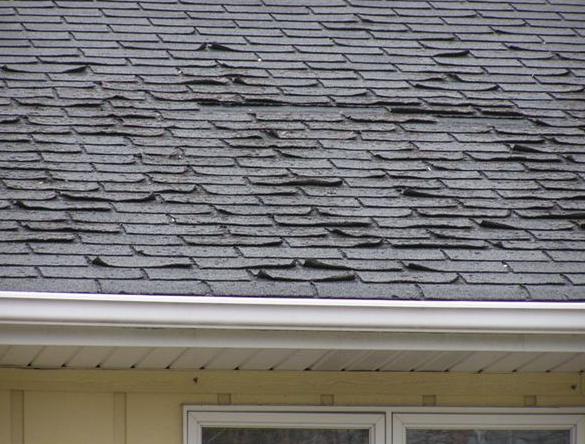
Caring For Roof Types
Maintaining your roof is important to prevent leaks and structural damage and make it last as long as possible. Some maintenance you can do yourself, but a professional contractor must perform other types. Here are some of the different roofing materials and how to maintain them.
Asphalt Shingles - Because asphalt shingles are covered in rough granules, organic material that falls onto the roof can get caught and accumulate, which can lead to staining and rot. Clear the roof of debris and moss growth every year with a roof rake (not a power washer). Inspect the roof regularly for curling shingles, granule loss and missing shingles.
Cedar Shake Roofs - Cedar shake roofs need to be cleaned off regularly so they can dry thoroughly between rainy days. Cedar shakes can rot due to prolonged exposure to moisture (which can result in leaks), but they should not be sealed because that might trap moisture. Hire a professional to clean the roof with a pressure washer periodically and remove moss. You can also treat cedar shakes regularly with a preservative to prevent rot.
Metal Roofs - Metal roofs are the easiest to maintain because they are smooth, allowing most of the leaves, pine needles and organic debris to roll off into the gutters. Therefore, it’s important to clean the gutters regularly because they fill so easily. Low-slope roofs may need to be cleaned more often. Inspect your roof once every two years to ensure the screws are tight and secure and the caulking is holding up properly.
Clay Tile Roofs - Clay tile requires little maintenance to look its best, but you should inspect your roof on a regular basis and have broken or missing tiles replaced immediately. It's important not to walk on the roof because clay can crack under your weight.
The House
Explore the different components of the house.

